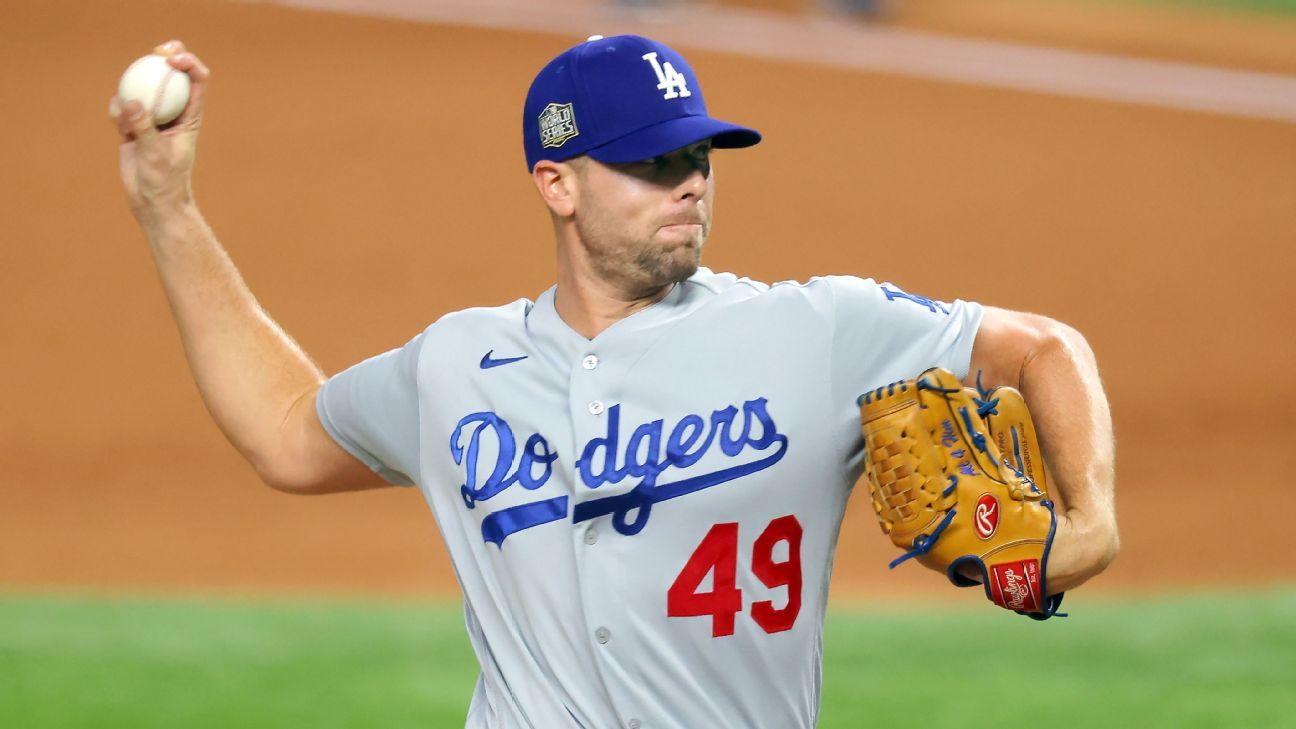
The NBA has informed teams of 2020-2021 salary-cap and luxury tax estimates, including a $2 million drop in the tax threshold that brings a costly impact to teams facing that penalty, league sources tell ESPN.
The league informed teams of estimates of a $115 million salary cap and $139 million luxury tax -- each representing a smaller rise than previous expectations of $116 million and $141 million, respectively.
The NBA's 2019-20 salary cap is $109.1 million.
The new salary-cap and luxury tax numbers take effect at the start of the league year July 1.
Estimates for future years -- including the 2021-22 season that includes the possibility of several top free agents -- will be delivered to owners at the Board of Governors meetings in April, league sources said.
The league office delivered revised projections Thursday as an accommodation allowing for franchises to make more informed financial and roster decisions ahead of next Thursday's NBA trade deadline.
Advanced notice and pre-trade-deadline timing of these looming projections, communicated in a recent league memo, is a departure from past protocol.
The loss of the league's China-driven revenue had caused many teams to prepare for the possibility that the original cap projection of $116 million could drop to as far as $113 million, front-office executives told ESPN. These projections have impact on such items as free-agency cap space, luxury tax payouts and player contracts based on percentages of the salary cap -- including as maximum deals and midlevel exceptions.
China's decision to pull sponsorships and television coverage because Rockets general manager Daryl Morey tweeted support for Hong Kong protesters in October is believed to have cost the NBA anywhere between $150 million and $200 million, league sources said.
Based on ESPN's conversations with team executives, the new cap and tax estimates are unlikely to significantly impact the deadline behavior of teams.
Salary-cap space is less important this summer than in past years, because only seven teams are currently poised to have salary-cap space above the projected $9.75 million midlevel exception. Also, the talent pool of players available in free agency isn't considered strong.
The projected luxury tax figure impacts teams like Boston, Brooklyn, Golden State, Houston and Philadelphia, who could pay between $6 million and $8 million more in tax based on their looming payrolls next season. Three more teams -- Denver, Milwaukee and the Los Angeles Clippers -- could be in the tax pending the retaining of their own free agents.
For example, the Warriors -- considered a repeater tax team -- would lose $14 million if the tax projection dropped $3 million. With an extension for Draymond Green starting next season, the salary slot for a potential Top 5 draft pick in the 2020 draft and full use of the $5.9 million taxpayer exception on a free agent this summer, the Warriors could face a $75 million tax. Golden State was projected to pay a $65 million tax with a $141 million salary cap.
Brooklyn could be facing a $36 million luxury tax penalty.
Other contending teams -- including the Utah Jazz, Miami Heat and Los Angeles Lakers -- could be impacted over a decrease in projected luxury tax. For instance, the Lakers would become hard-capped if they use the full $9.8 million exception this summer, which would limit their flexibility to make a trade next season.
A salary-cap decrease of $1 million impacts the class of rookie contract extensions signed over the past year, including small decreases for Philadelphia's Ben Simmons ($1.5 million), Denver's Jamal Murray ($1.5 million) and Toronto's Pascal Siakam ($1.1 million). Maximum contracts are based upon percentages of the salary cap.















 Phone: (800) 737. 6040
Phone: (800) 737. 6040 Fax: (800) 825 5558
Fax: (800) 825 5558 Website:
Website:  Email:
Email: 






